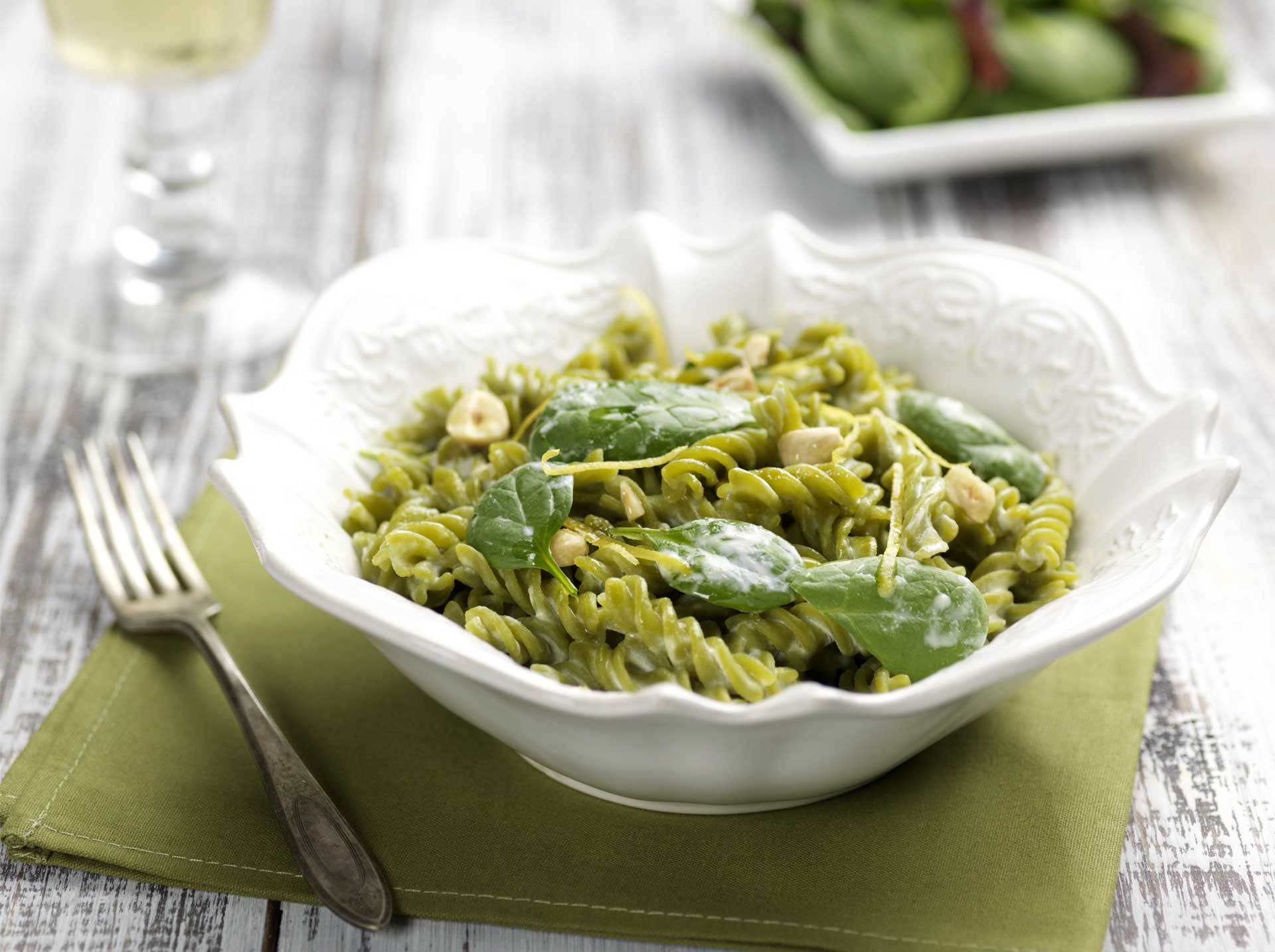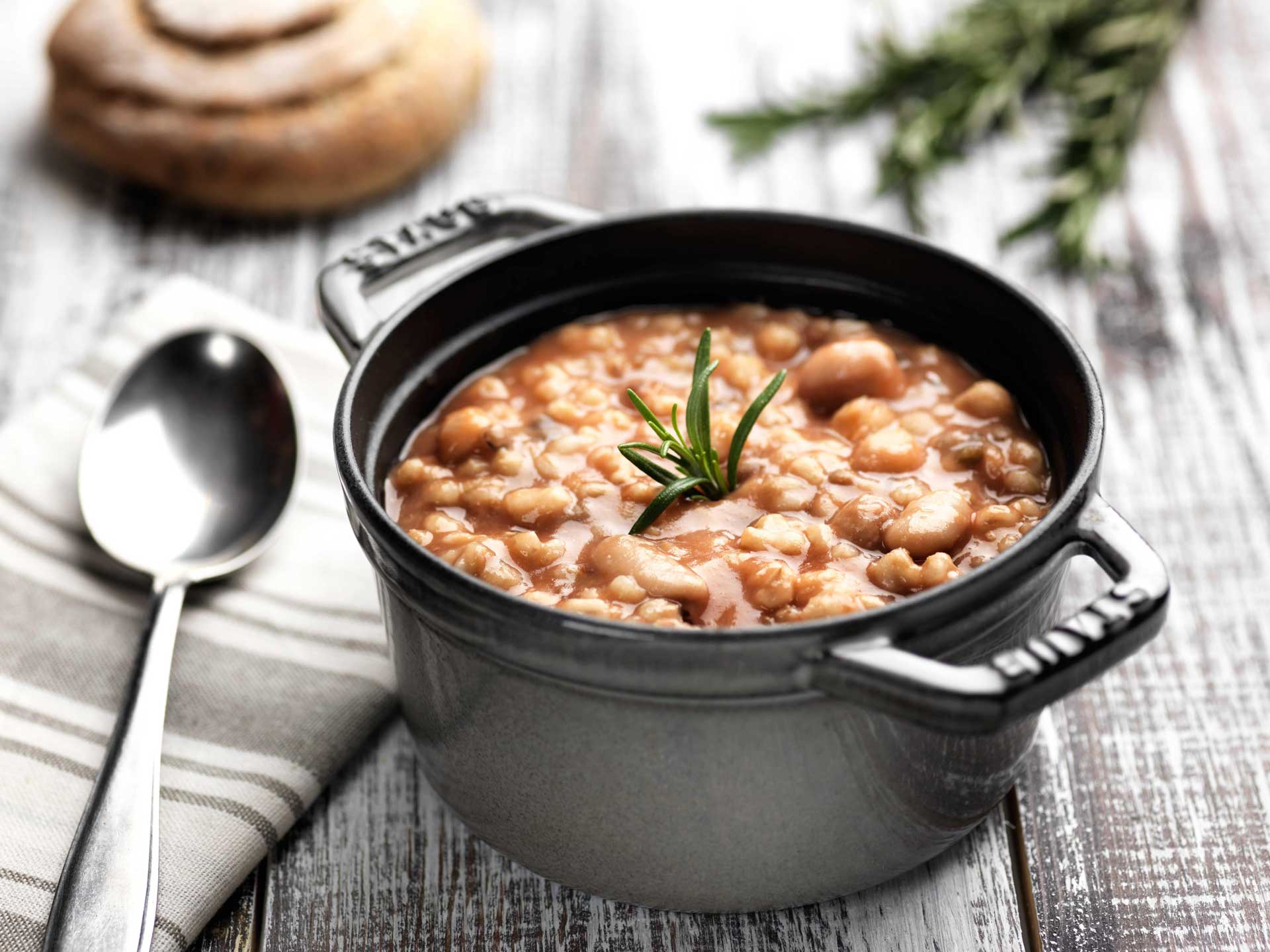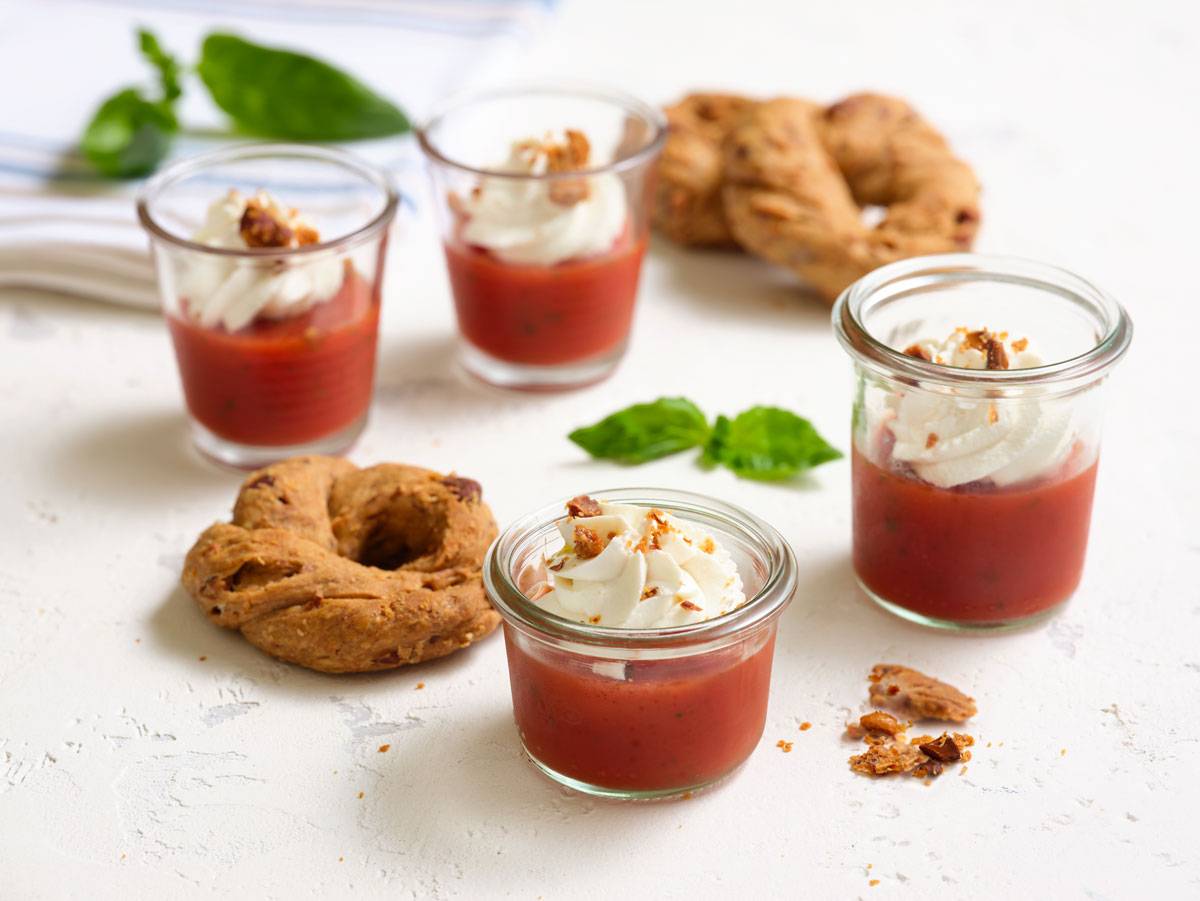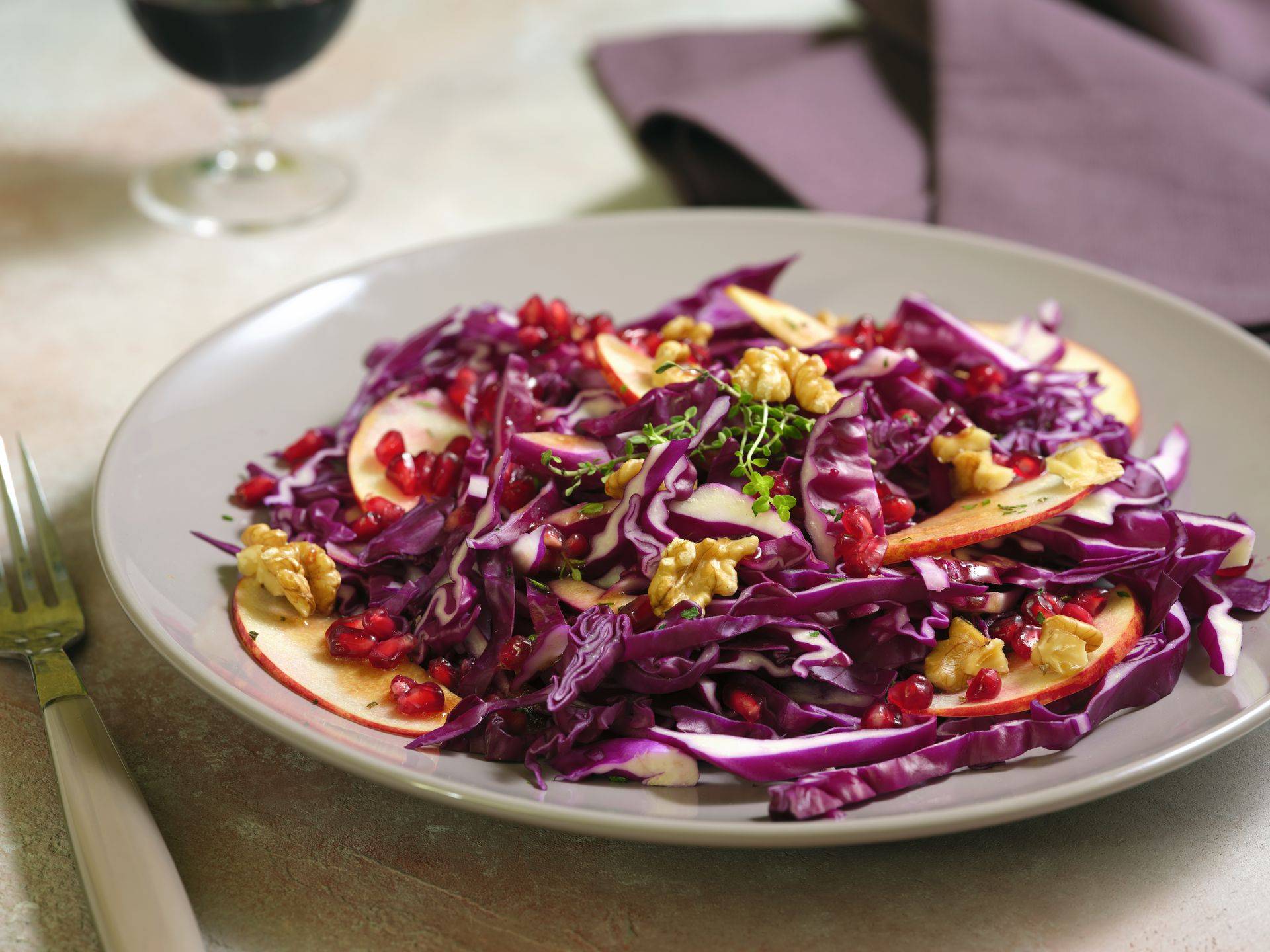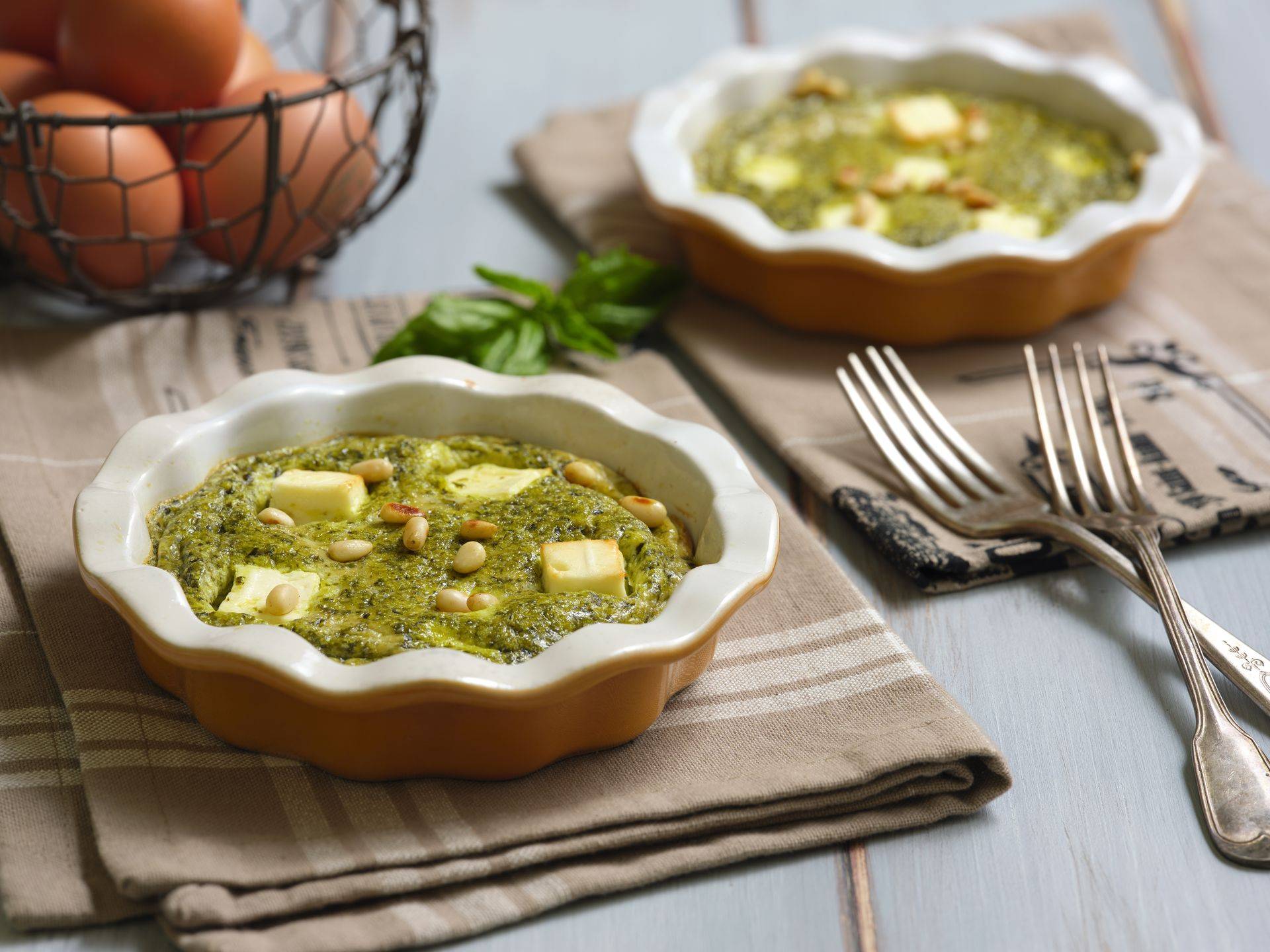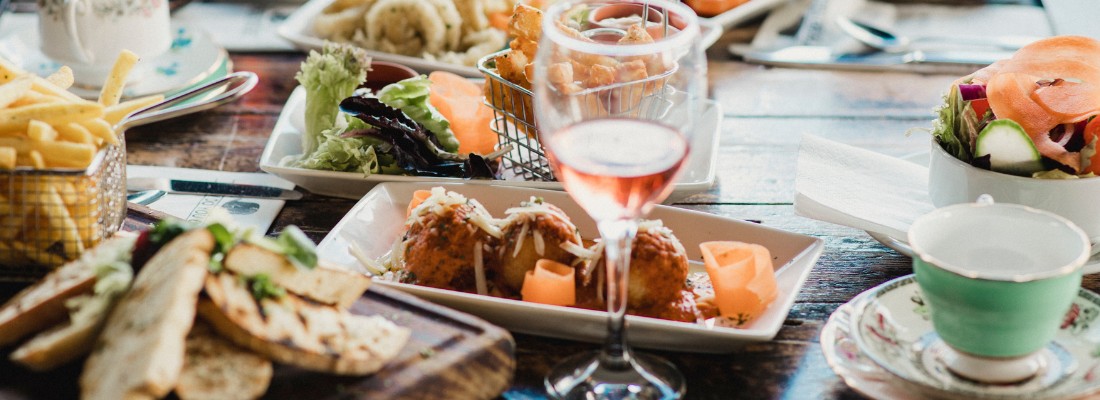
Eating Out: How to Make Meals More Balanced Without Sacrifices
We have been in the midst of summer for several weeks now, if only because of the temperatures. People go out more often, both in the evenings and on weekends, and lunching out is much more common than in the colder months. Dinners with friends, beachside drinks, and quick meals by the sea are customary during this time.
There is a search for fresh, light, summer dishes, but it is not always easy to find them, or rather, what is fresh and summery is not always synonymous with "light" in terms of calories. Balancing carbohydrates, proteins, fats, and fiber to make a meal nutritious is undoubtedly advantageous, but it is not always easy to achieve when dining out.
Establishing a few simple rules, without having to give up dining out more often, seems like a good compromise to stay in shape.
Let's start with weekends at the beach:
If possible, have your usual breakfast at home, avoiding croissants and pastries at the bar. If you can't resist the pleasure of going to the bar, then you can opt for a cappuccino with semi-skimmed milk or black coffee, or a fresh fruit juice.
For lunch, opting for fresh vegetable salads and tomatoes, with chicken or fish or eggs or lean cheeses and dairy products (feta, ricotta, mozzarella) is perfect. It's better to order them without dressing, so you can manage the seasoning yourself: extra virgin olive oil, salt (as little as possible), lemon or vinegar. Be careful not to overdo it with bread, croutons, or similar products (such as friselle).
Cold one-dish meals prepared with cooked grains or pulses and vegetables are perfect nutritionally and are always a winner for those who want to stay in shape. For example, you can find couscous with vegetables and fish at some seaside places.
Alcohol should be avoided.
Now, let's move on to dinner, to eating out. If you know you will be dining out at a restaurant several times in a week, try to keep excesses in check. Here are some tips:
A seafood appetizer and a pasta or rice-based first course seasoned with fish or vegetables will be great. If they are accompanied by grilled vegetables or salads, it would be perfect. Bread? It's better to avoid it in this case, as it would be unnecessary calories.
It's always a good idea to avoid carbonated drinks, not just at dinner! This applies to both adults and children.
If you choose a second course, it's better if it's baked or grilled. Avoiding fried foods is always a good idea. In this case, the carbohydrate quota to consume could be: bread (or similar products), fresh fruit, or a small dessert (preferably a fruit ice cream). A side dish of vegetables is always advisable.
Be careful not to overindulge in alcohol. A small beer or a glass of light white wine is allowed. Instead, avoid spirits, which are definitely too calorific and difficult to digest.
At the dinner table in summer, enjoy plenty of fresh water, naturally sparkling, richer in salts.
